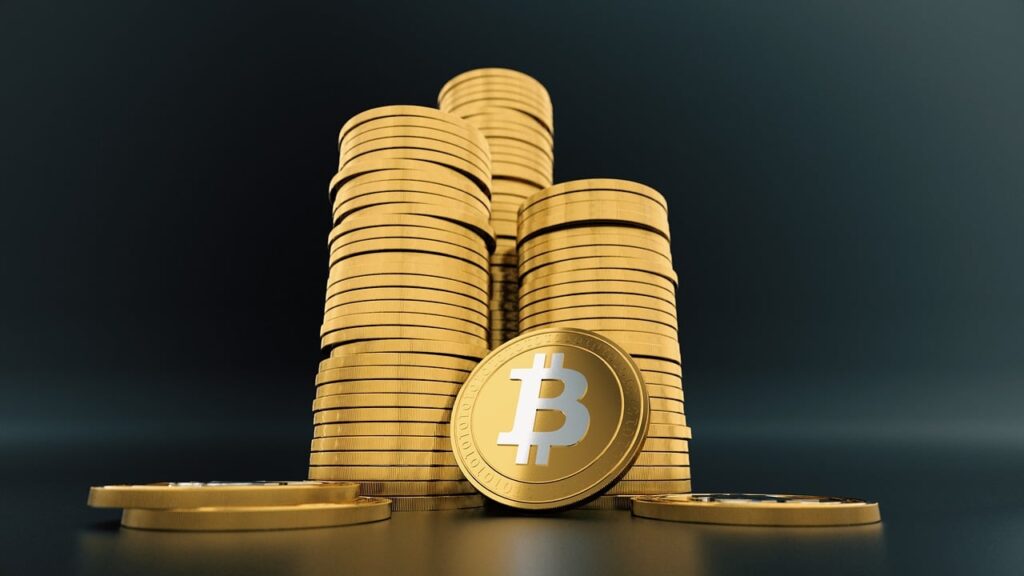A block reward in Bitcoin mining is the payment miners receive for successfully adding a new block to the blockchain. This reward has two key parts:
- Newly Created Bitcoins (Block Subsidy): When a miner adds a new block, they earn a certain number of newly created bitcoins as a reward. This block subsidy started at 50 bitcoins per block but is cut in half roughly every four years in an event called the “halving.” After the most recent halving in April 2024, the subsidy is 3.125 bitcoins per block. Currently, this is the main incentive for miners to keep participating in the network and securing it.
- Transaction Fees: Along with the newly created bitcoins, miners also earn fees from the transactions included in the block they mine. These fees are paid by users who want their transactions confirmed and act as an additional incentive for miners. As the block subsidy decreases over time due to the halving, transaction fees become increasingly important.
The combination of block rewards and transaction fees provides an economic incentive for miners to validate transactions, secure the network, and contribute to the overall operation and integrity of the Bitcoin system.

Confirmed blocks with specified transaction fees being added to the blockchain (source: mempool.space).
The Halving Explained
The Bitcoin halving is an event that takes place every 210,000 blocks, or roughly every four years, where the reward miners receive for validating transactions and adding new blocks is reduced by half. This process is designed to control the supply of new bitcoins and continues until all 21 million bitcoins are mined.
When Bitcoin launched in 2009, miners earned 50 BTC per block. The first halving in 2012 reduced this to 25 BTC, the second in 2016 to 12.5 BTC, and the third in 2020 to 6.25 BTC. As of the most recent halving in April 2024, the reward was further reduced to 3.125 BTC per block. This halving also lowered Bitcoin’s daily production from 900 to 450 coins and reduced the inflation rate from 1.7% to approximately 0.8%, which is lower than gold’s estimated inflation rate of 1% to 1.5%.

The block subsidy per halving cycle (source: Digital Mining Solutions).
At the time of the 2024 halving, 93.75% of all bitcoins, or 19,687,500 BTC, had already been mined. With each halving, the remaining supply of new bitcoins decreases, with a total of 32 halvings expected before the maximum supply of 21 million bitcoins is reached around the year 2140. After this point, no new bitcoins will be created, and miners’ revenue will come solely from transaction fees. This moment, known as Bitcoin’s total supply cap, will mark the end of new bitcoin issuance.
